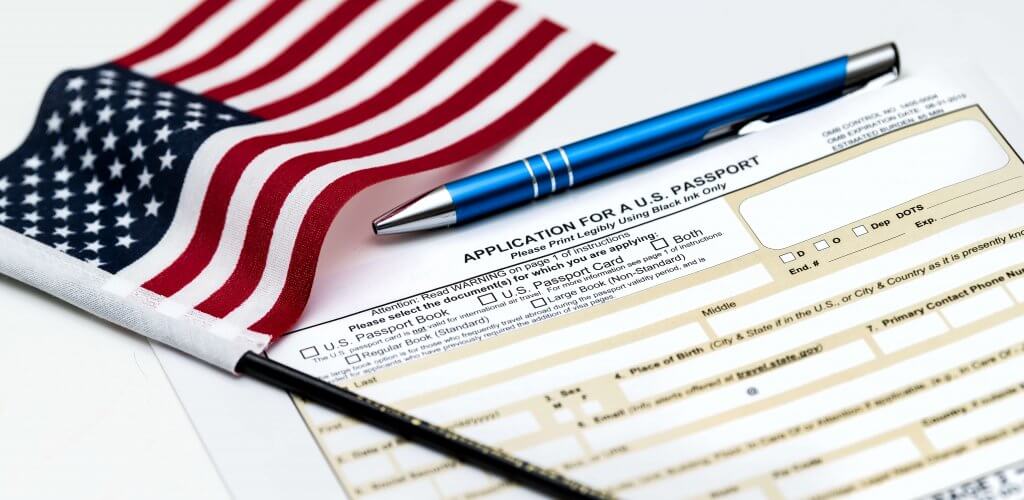
Overview
The H-1B visa is the workhorse nonimmigrant category for professional workers. In the last three years, the process has changed drastically and the employer’s petition for foreign nationals who will be employed temporarily in professional fields – referred to as “specialty occupations” or as fashion models of distinguished merit and ability.
The H-1B category has a number of key characteristics, including the following:
- The position requires to be for a specialty occupation which starts on October 1st of that fiscal year. Fiscal years are from October 1st to September 30th of the following year
- There are caps on the number of visas (65,000 for beneficiaries with bachelor’s degrees and an additional 20,000 for advanced degree graduates from U.S. universities) and their exemptions for certain nonprofits and institutes of higher education;
- H-1B can be used for part-time and concurrent employment
- It is a dual intent visa, which means that the H-1B holders can apply for their “green cards”.
The process requires the filing of an electronic lottery in March of the prior fiscal year. If selected, the employers require the filing of Labor Condition Application (LCA) before an H-1B petition is filed with USCIS.

USCIS Reaches the Fiscal Year 2023 H-1B CAP
For fiscal year (FY) 2023, USCIS has received enough applications to meet the congressionally mandated 65,000 H-1B visa regular cap and the 20,000 H-1B visa U.S. advanced degree exemption, known as the master’s cap.
The status for registrations properly submitted for the FY 2023 H-1B numerical allocations, but that were not selected, will now show:
- Not Selected: Not selected – not eligible to file an H-1B cap petition based on this registration.
Petitions for current H-1B employees who have previously been counted against the cap and still have their cap number are exempt from the FY 2023 H-1B cap. USCIS will continue to accept and process petitions filed to:
- Extend the amount of time a current H-1B worker may remain in the United States;
- Change the terms of employment for current H-1B workers;
- Allow current H-1B workers to change employers; and
- Allow current H-1B workers to work concurrently in additional H-1B positions.
USCIS received 484K H-1B Registrations for H-1B 2023 Lottery
USCIS received 483,927 H-1B registrations for the fiscal year 2023 season. This is the highest number of H-1B registrations received by USCIS in the history of the H-1B program.
Let’s do a simple calculation to come up with some facts and find the ratio of registrations available:
- Registrations / Availability Ratio = 483,927/85,000 = 5.69
- USCIS received 5.69 registrations for each H-1B visa cap seat, according to the above ratio. In total, USCIS received nearly 6 registrations for one available spot.
- The selection chances are: 85,000/483,927 = 17.56%
- According to the above percentage, only 17 of the 100 registrations submitted would be chosen in the H-1B lottery.
*USCIS received 308,613 registrations for the H-1B FY 2022 season. If we compare that with this year’s numbers it is a whopping 57% increase in the number of H-1B registrations.

127,600 H-1B Registrations Selected for the Fiscal Year 2023 Season
According to USCIS, 127,600 H-1B registrations have been selected for the FY 2023 season based on historical data and patterns. When compared to the figures, it looks like this:
- H-1B Fiscal Year 2023 Selected Registrations in the First Round = 127,600
- H-1B Fiscal Year 2022 First Round Selected Registrations = 87,500
- Additional registrations chose in the first round for fiscal year 2023 = 40,100 more
- The fiscal Year 2022 Second Round H-1B Lottery Selections = 27,717
- The fiscal Year 2022 Third Round H-1B Lottery Selections = 16,753
- Total additional selections in the Fiscal Year 2022 in the Second, Third rounds = 44,470
The H-1B Lottery had three rounds for the FY 2022 season, which is why they made more selections this year. If you compare numbers, USCIS basically chose the second and third-round lottery selection numbers in the first round so that they could meet the H-1B cap with just one round of selections.
48,000 H-1B Employers, 31% US Masters Quota for FY 2023
Below are the various metrics on how many employers, masters, and regular quota registrations are for H-1B Fiscal Year 2023 and how changed from FY 2022 season.
H-1B Sponsoring Employers for FY 2023
- For H-1B Fiscal Year 2023 season, USCIS said that over 48,000 prospective H-1B employers filed H-1B registrations.
- If we compare that with FY 2022 season, there were only 37,000 prospective H-1B employers.
- It is a 29% increase in the number of employers, who filed for H-1B registrations this year.
H-1B Masters Quota Registrations for the Fiscal Year 2023, Comparison
For the H-1B Fiscal Year 2023 season, H-1B Master’s quota filings contributed to 31% of total registrations. They accounted for 48% of total registrations in the Fiscal year 2022. The figures are listed below.
- Registrations for the FY 2023 H-1B Masters Quota (31%) = 150,017
- Registrations for the FY 2022 H-1B Masters Quota (48%) = 148,134
- The increase in H-1B Master’s quota registrations equals 1,833
- Percentage change in H-1B Masters quota registrations = 1.27% increase
- There is not a big increase in the total number of H-1B registrations filed by US Master’s applicants. This seems the same as last year.
H-1B Regular Quota Registrations for the Fiscal Year 2023, Comparison
Regular quota registrations accounted for 69% of total registrations for the H-1B FY 2023 season. They accounted for 52% of total registrations in FY 2022. The figures are listed below.
- H-1B Regular Quota Registrations in Fiscal Year 2023 = 333,910
- H-1B Regular Quota Registrations for Fiscal Year 2022=160,479
- The increase in H-1B Regular quota registrations equals 173,431
- The percentage change in H-1B Master registrations is 108%.
- It’s incredible to see a 108% increase in filings for the Regular quota. It could be due to the rise in open positions in the US and the removal of travel restrictions.

